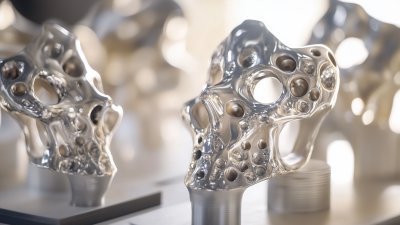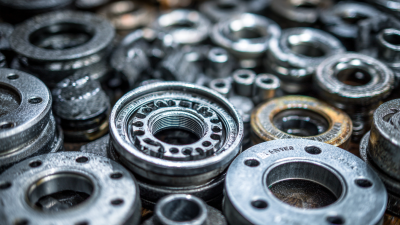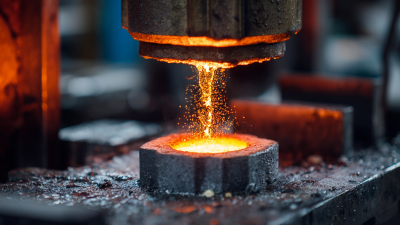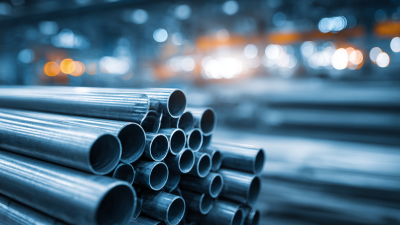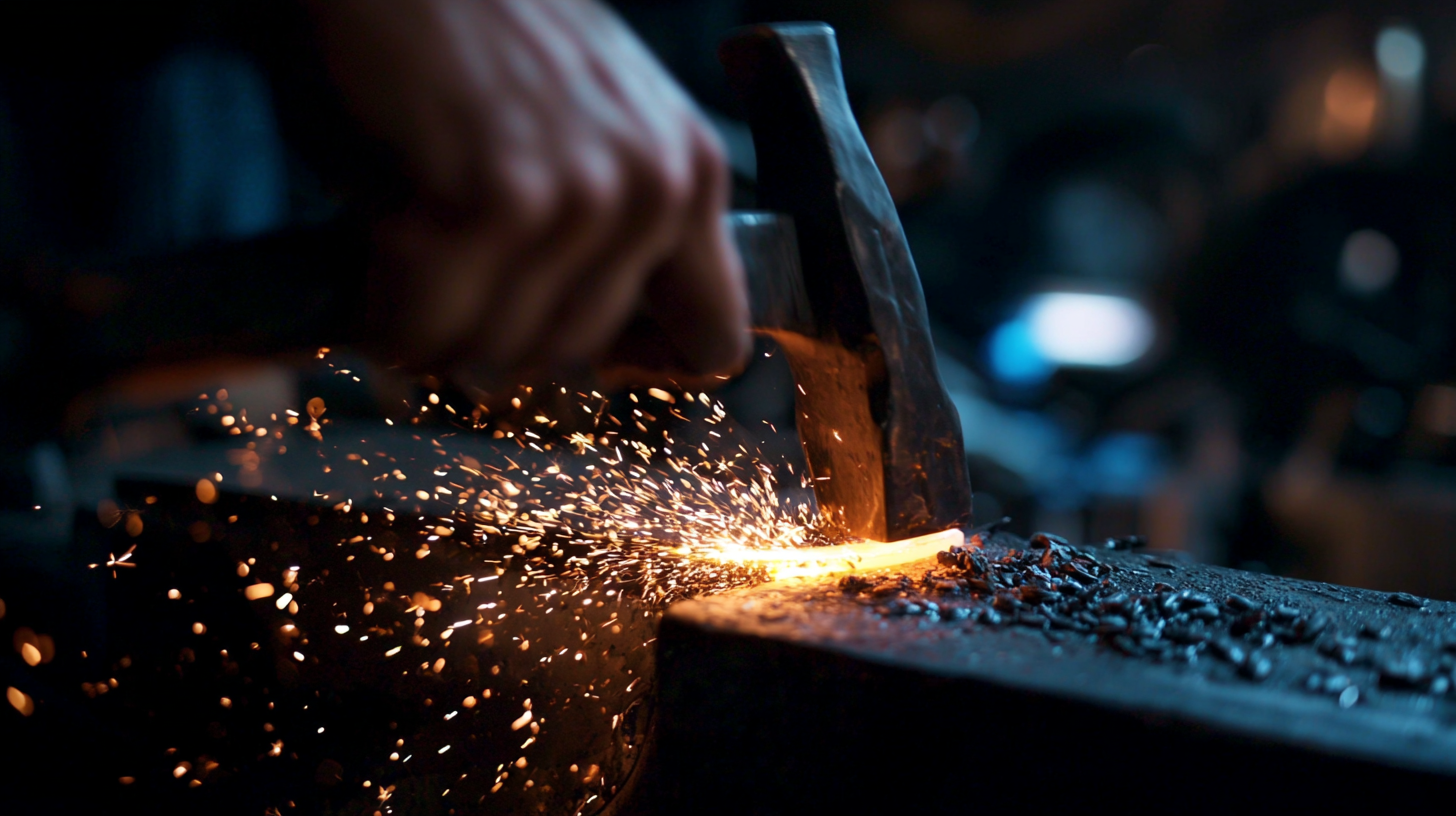 The casting process is a vital technique in the metal manufacturing industry, enabling the creation of complex shapes and components with high precision. According to the latest report from the International Organization for Standardization (ISO), the global foundry market is projected to reach over $200 billion by 2026, underscoring the growing demand for advanced casting methods. Mastering the art of casting not only reduces waste and production time but also enhances the quality of the final product. Recent advancements in technology, such as additive manufacturing integrating with traditional casting techniques, have further optimized the casting process, making it more efficient and economical. With the right mastery of these techniques, manufacturers can achieve superior metal forming, ultimately leading to innovations in various sectors, from automotive to aerospace. As industries continue to evolve, understanding and implementing effective casting processes will be key to staying competitive in the market.
The casting process is a vital technique in the metal manufacturing industry, enabling the creation of complex shapes and components with high precision. According to the latest report from the International Organization for Standardization (ISO), the global foundry market is projected to reach over $200 billion by 2026, underscoring the growing demand for advanced casting methods. Mastering the art of casting not only reduces waste and production time but also enhances the quality of the final product. Recent advancements in technology, such as additive manufacturing integrating with traditional casting techniques, have further optimized the casting process, making it more efficient and economical. With the right mastery of these techniques, manufacturers can achieve superior metal forming, ultimately leading to innovations in various sectors, from automotive to aerospace. As industries continue to evolve, understanding and implementing effective casting processes will be key to staying competitive in the market.
 Metal casting is a fundamental process in metallurgy that involves understanding the properties and behaviors of metals to manipulate and shape them effectively. The study of high-temperature material properties is crucial, as it influences how metals respond during casting. Knowledge of metal surface tension at elevated temperatures not only enhances process comprehension but also leads to advancements in metal processing, particularly in the European context.
Metal casting is a fundamental process in metallurgy that involves understanding the properties and behaviors of metals to manipulate and shape them effectively. The study of high-temperature material properties is crucial, as it influences how metals respond during casting. Knowledge of metal surface tension at elevated temperatures not only enhances process comprehension but also leads to advancements in metal processing, particularly in the European context.
Recent explorations into historical methodologies, such as the deconstruction of Barisanus’ medieval casting technology, highlight the enduring relevance of traditional techniques in modern practice. Concurrently, modern research endeavors aim to innovate new casting methods, such as anti-gravity casting, which could significantly transform the industry. As educational institutions collaborate with industry professionals, hands-on experiences in metal casting facilities help emerging engineers grasp these essential fundamentals, paving the way for novel and efficient designs in the future.
Metal casting processes are essential in various industries, enabling the formation of intricate shapes and designs. Among the dominant types are sand casting, investment casting, and die casting, each offering unique advantages depending on the application. For instance, sand casting is favored for its versatility and cost-effectiveness in producing both large and small quantities, while investment casting is renowned for its ability to achieve high precision and complex geometries, making it ideal for aerospace and medical applications.
According to market analysis, the steel casting market is segmented into carbon steel, low-alloy steel, and high-alloy steel, with growing demands in sectors such as construction and automotive. Investment casting, in particular, is expected to experience significant growth, driven by technological advancements and the increasing need for lightweight components.
**Tip:** When selecting a casting process, consider the desired properties of the final product along with production volumes. It's essential to weigh factors like tolerances, surface finishes, and material costs to ensure optimal results. Another important aspect is the metallurgy behind metal casting; understanding how different compositions affect the casting process can lead to better material choices and enhanced product performance.
The quality of metal castings is influenced by several key factors that must be carefully managed throughout the casting process. One of the most critical aspects is the choice of materials. According to a report from the American Foundry Society, over 70% of casting defects are associated with improper material selection and preparation. High-quality raw materials not only enhance the mechanical properties of the final product but also reduce the likelihood of defects such as porosity and inclusions. Therefore, rigorous testing and certification of materials are essential to ensure superior quality in metal forming.
Another significant factor is the mold design and production process. Research published in the Journal of Materials Processing Technology emphasizes that optimal mold design can lead to reductions in cycle time by up to 25% and improvements in dimensional accuracy. Proper heat management and cooling rates also play a crucial role, as uneven cooling can lead to warping or cracking of the casting. Style selection of the mold and its maintenance practices directly correlate with the consistency and quality of the metal components produced. Addressing these factors meticulously can significantly enhance the overall success of metal casting operations.
Advancements in casting technologies have significantly enhanced the precision of metal forming processes, allowing manufacturers to achieve intricate designs and tighter tolerances. Techniques such as computer numerical control (CNC) and automated mold-making have revolutionized traditional casting methods. By utilizing sophisticated software and robotics, these modern technologies facilitate high repeatability and reduce human error, leading to more consistent quality in cast products.
Furthermore, innovations like 3D printing in mold development are paving the way for more complex geometries that were previously unattainable. This technique allows for rapid prototyping of mold designs, enabling engineers to test and refine their concepts swiftly. Additionally, the introduction of advanced materials, including high-temperature alloys and eco-friendly metals, contributes to improved performance and sustainability in casting processes.
Overall, these advancements not only enhance the precision of metal forming but also promote efficiency and flexibility within the industry, catering to the evolving demands of modern manufacturing.
The casting process is integral to the metalworking industry, but it presents various challenges that can impede the quality of the final product. One common issue is the occurrence of defects such as porosity and shrinkage, which can lead to weak spots in the metal. According to a report by the American Foundry Society, defects can contribute to up to 30% of production rejections, resulting in significant cost implications for manufacturers. To counter these issues, techniques such as pressure casting and the use of high-quality molds have been identified as effective solutions. These methods not only enhance the uniformity of the metal but also reduce the likelihood of defects.
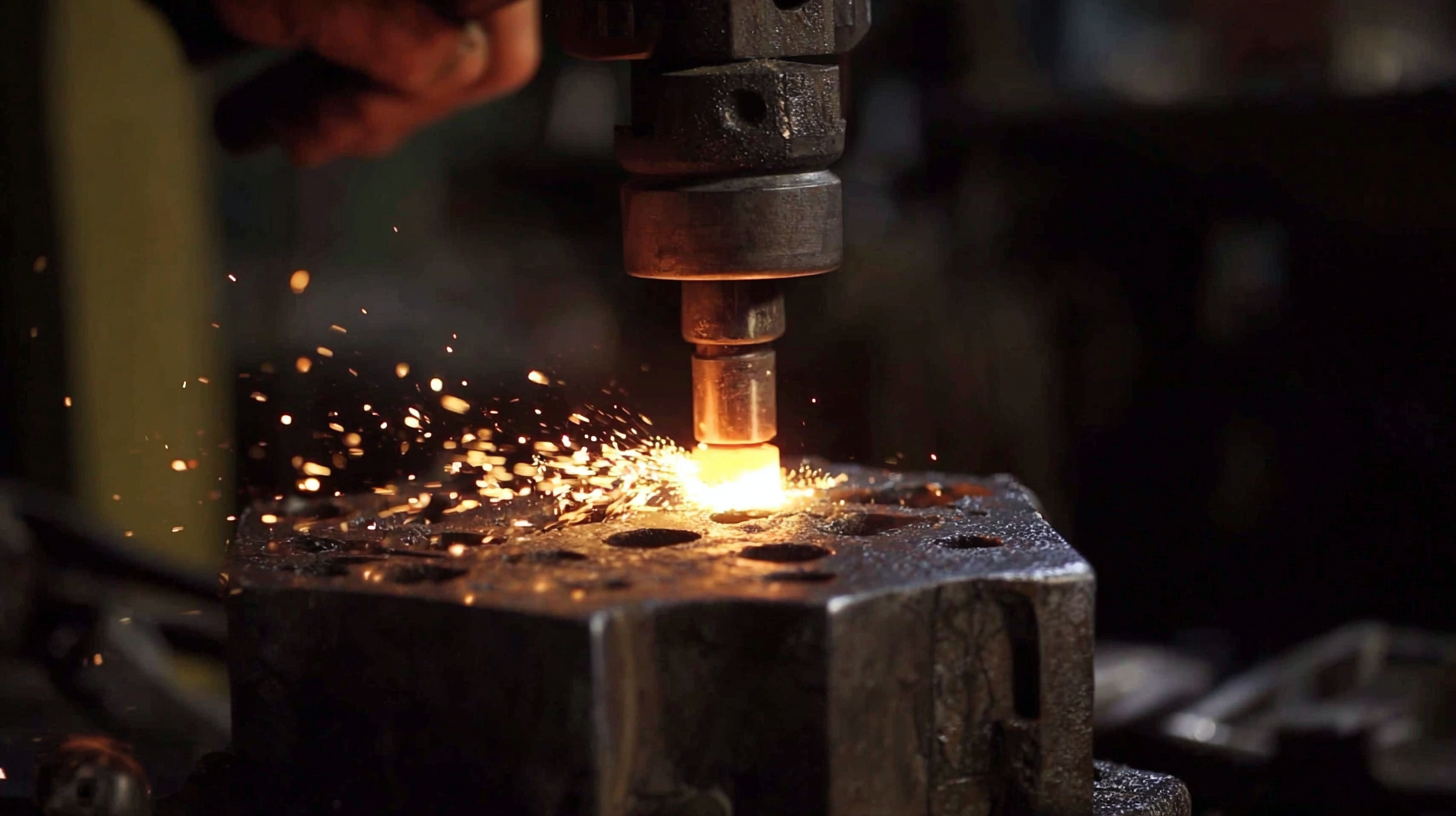
Another challenge faced during the metal forming process is achieving precise dimensional accuracy. A study published by the International Journal of Advanced Manufacturing Technology highlighted that dimensional errors can account for nearly 20% of post-processing steps. Employing advanced simulation software can mitigate this challenge by allowing engineers to predict potential issues during the design phase. Furthermore, implementing stringent quality control measures throughout the casting process ensures compliance with specifications, ultimately improving product integrity and reducing waste.
